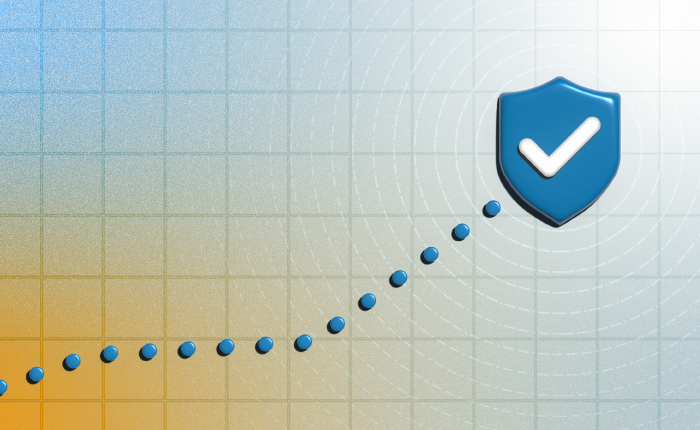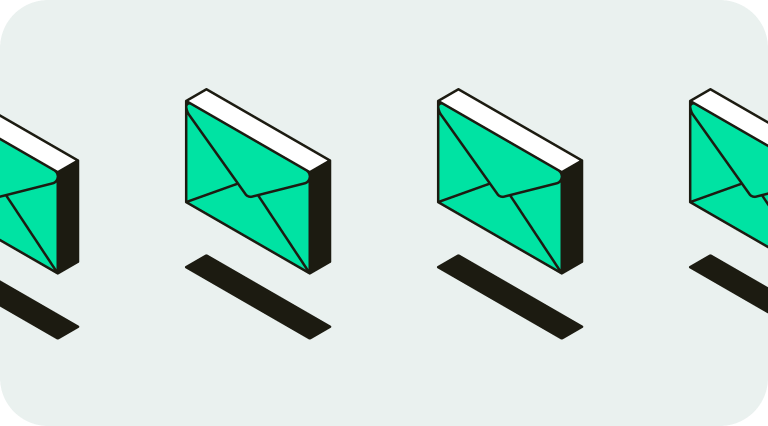Think about the sundry drawer in your home—the one that tends to fill with a range of random items, like your backup keys, spare batteries, or forgotten packs of gum. How long would it take you to find one specific item in this drawer? Probably a while.
Now, imagine you are legally required to retrieve any item in the drawer in a timely fashion. What would you do?
You’d organize the drawer.
A Live Data Map, at its basic level, is the process of organizing your business’s customer data. By organizing all your customer data, you can access and safeguard it. This is how data mapping and privacy and compliance are linked. Data mapping privacy safeguards your personal data and allows you to comply with various laws while also allowing your company to access data more efficiently.
Overview of Data Mapping Privacy
In today’s online-driven world, businesses collect many forms of customers’ personal data through multiple channels. Just some examples of the data you may collect include:
- Names
- Addresses
- Phone numbers
- Email addresses
- Credit card/banking information
- Order history
- Browsing history
That’s a lot of data. And you’re collecting it from different sources that all might label it in a different way. Your website may identify a customer name under the banner of Name whereas an in-store POS system might use the label Customer ID. The larger you are, the more customers you have, and the more sources of data you’re dealing with.
That metaphorical sundry drawer keeps filling up.
That’s where data mapping comes in. Data mapping is the process of organizing all that disparate data. You’ll consolidate all the data you’ve collected and be sure to identify things such as:
- The source of the data
- What data is collected
- Where the data is stored
- How long you’ll hold on to the data
- Whether you’ve shared the data
- Who you’ve shared the data with
- The purpose of collecting the data
While this type of organization is smart from a business perspective, it’s also a major privacy issue. If you don’t know what customer data you have and where it is stored, how can you ensure that data protection is secure from identity thieves or other bad actors? This is more than just an ethical question. There are many laws regulating how you use sensitive data that you need to comply with.
Laws Regulating Data Privacy
One of the main laws regulating data privacy is the General Data Protection Regulation, or GDPR for short. GDPR compliance is a data protection act that applies to all residents of the European Union. If any of your customers are from the EU, you need to ensure that you are in compliance with GDPR regulations, or you could face legal consequences.
The GDPR has multiple tenants you must comply with when collecting and storing user data:
- You must go about data collection lawfully and customers must be made aware of the data you are collecting.
- You must have a specific purpose for collecting data.
- You must limit the data you are collecting to data relevant to your specific purpose.
- You must ensure the data you collect is accurate, and you must keep up-to-date data management whenever possible.
- You must limit how long you store data. You may only store data for as long as it is relevant to your initial purpose.
- You must ensure that the data you are collecting is secure and that your customers’ privacy rights are not being violated.
In addition to these tenets, you must be able to show, at any time, that you are in compliance. This means you can’t wait to organize your data. You need to be compliant as soon as data is collected.
While the GDPR is only relevant to citizens of the EU, compliance is an issue regardless of where you do business. The California Consumer Privacy Act, or CCPA, is a similar privacy law that governs residents of California. It guarantees that consumers have certain rights when it comes to their personal information:
- Right to know
- Right to delete
- Right to opt-out
- Right to non-discrimination
And more laws are in the works in other states. Data privacy is a major concern for any business. If you don’t have a current data flow mapping system in place, you are vulnerable to being non-compliant as more data security regulations are continually being passed.
Manual vs. Automated Data Mapping
When it comes to data mapping and privacy and compliance, you have two basic approaches to creating your data map: manual or automated (or a combination of the two). There are pluses and minuses to both approaches.
Manual Data Mapping
The first approach to data mapping is to create a data map manually. At its simplest level, you can imagine this as taking your data inventory and entering it into organized spreadsheets. There are some advantages to this approach:
- Employees will be able to know exactly what data is relevant to your business’s needs.
- People can easily recognize differences in syntax or labeling. Even if you’re collecting data from different sources, a human will likely be able to tell that the Customer ID and Name fields have the same data. They can also reconcile differences such as Last name, First name vs. First name, Last name.
- This approach allows you to keep your data mapping in-house. Your compliance isn’t reliant on third parties.
While these are all advantages, there are also some major disadvantages to this approach, especially as your business grows. Manual data mapping can become very difficult and cost-prohibitive to do at scale. It is also very time-consuming, especially as your data needs become more complex.
Automated Data Mapping
As your data needs become larger, you’ll likely need to start using automation tools to maintain compliance and keep up with the data you collect. Without these tools, you run the risk of your business outgrowing your ability to remain compliant, leaving you vulnerable.
Some of the benefits of automation include:
- Using automation tools can greatly speed up your data processing, allowing you to keep up with your data needs regardless of your growth.
- Automation tools allow you to reduce your compliance costs. Less labor that needs to be dedicated to data mapping and privacy and compliance issues means you can better allocate your resources.
- Many tools are intuitive, meaning employees less versed in privacy and compliance can use them. For instance, many engineers may not view privacy as their purview (seeing it as more of a legal issue). This can lead to data loss and privacy issues. However, if tools are utilized to make privacy an intuitive part of the engineer’s job, they will be more likely to protect data privacy as a matter of course.
Automation will only work as well as the tools you use. With any automation, context could be lost, leading to incorrect mapping. This is why it’s imperative to implement tools that allow for regular maintenance and updating so you can be confident you are continually meeting your compliance needs.
Using Data Mapping to Improve Privacy Compliance Plan
For an example of the importance of effective data mapping, let’s look at the field of healthcare. On the face of things, healthcare data may not seem overly complex. If we look at a small family practice with a reasonably low number of patients, it may seem that data could be easily controlled manually. However, in addition to direct patient data at the practice itself, data will also be collected by:
- Insurance companies
- Pharmacies
- Hospitals
- Specialists
Already you can start to see how the web of patient data is becoming more complex. And if all these different channels have different ways of recording patient data, things get even more complicated. While automation can help, there are also pitfalls that need to be avoided:
- Lack of context can lead to incorrect data. Since each patient’s case is individual, some automation could lead to miscommunication. You wouldn’t want a pharmacy to assume prescription refills that a doctor hasn’t prescribed.
- Overlap in names and addresses can lead to confusion when it comes to transferring medical records. This can lead to myriad problems from HIPAA violations, to substandard treatment, and insurance and billing mistakes.
These are just two examples that exemplify why it is so important to use the right tools and data mapping best practices. Data mapping allows for organization and turns that junk drawer issue from earlier into a manageable problem. However, if your data map isn’t set up and maintained with care, more problems may arise.
Thankfully, with the right tools, you can create an effective data map. This allows you to know exactly what data you have and ensure that all necessary security measures are in place to protect your customers’ high-risk data and ensure your company’s legal compliance.
Data Map Confidently with DataGrail
You should now have an understanding of how a high-quality data map is an integral first step to any comprehensive data plan for your business. At DataGrail, we offer live data mapping tools which will help you ensure your data mapping privacy and compliance through intuitive and powerful automation tools.
With DataGrail, you can save time while also having fewer errors in your data map. If data mapping privacy is a concern for you, DataGrail is the solution you need.
Sources:
DataGrail. What Is Data Mapping? https://www.datagrail.io/blog/data-privacy/data-mapping/
2018 IEEE European symposium on security and privacy workshops. Methods and Tools for GDPR Compliance through Privacy and Data Protection Engineering. https://oa.upm.es/54915/1/GDPR_Camera_ready.pdf
American Health Information Management Association. Data Mapping and Its Impact on Data Integrity. https://library.ahima.org/PdfView?oid=107154
GDPR.EU. What is GDPR, the EU’s new data protection law? https://gdpr.eu/what-is-gdpr/
State of California Department of Justice. California Consumer Privacy Act (CCPA). https://oag.ca.gov/privacy/ccpa

